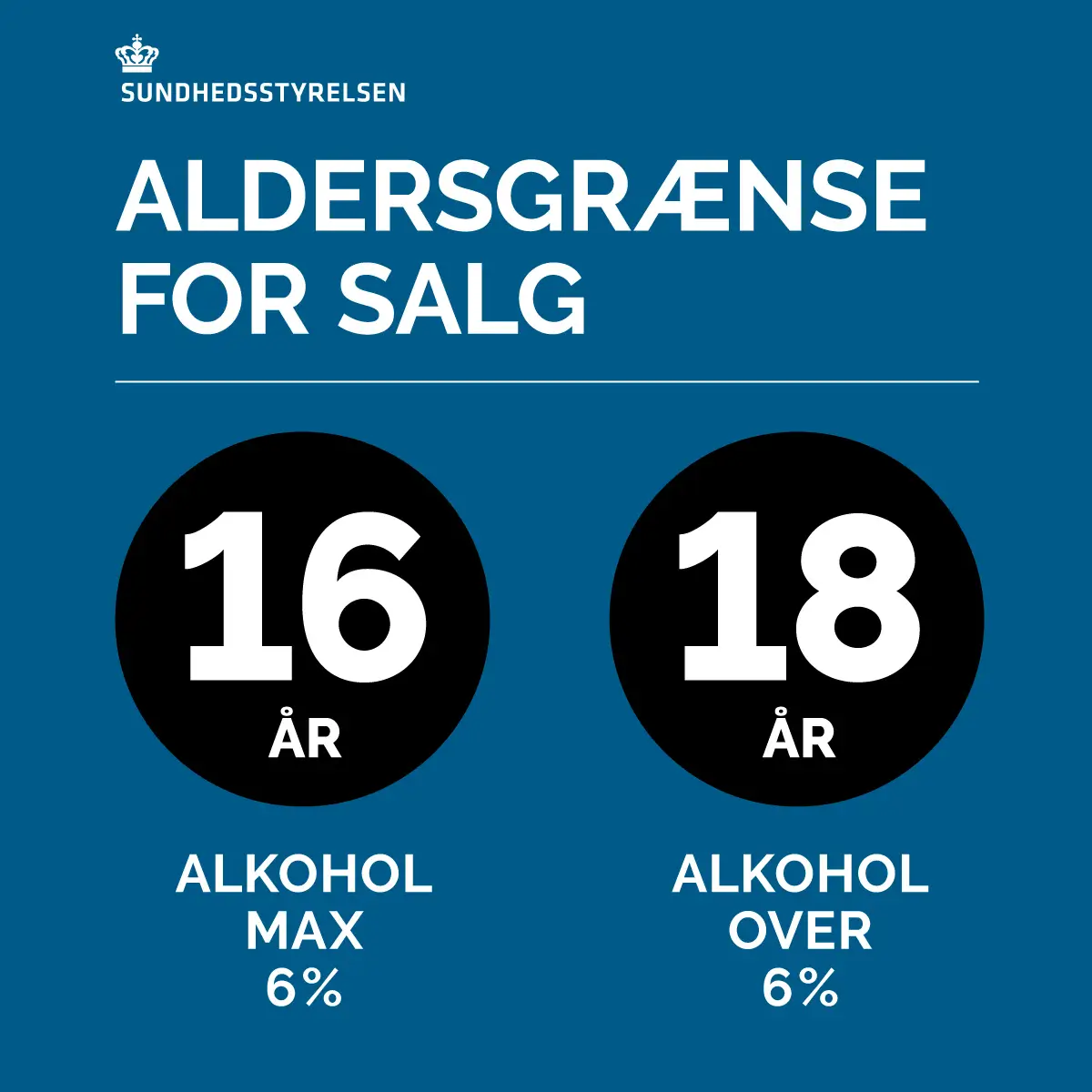Colheita
Colheita is a barrel-aged Port wine from a single year. The barrel aging contributes to a completely unique development of the wine, and since it is only from a single harvest, it acquires distinct characteristics from that particular year.
- See a more detailed description at the bottom of the page...
Colheita is a barrel-aged Port wine from a single harvest. The barrel aging contributes to a completely unique development of the wine, and since it is only from a single vintage, it acquires distinct characteristics from that particular year.
Production and Aging
It is up to the producer to assess when the wine has reached the desired quality in the barrel and is ready for sale. Some allow Colheita to age for several decades before bottling, while others may only age it for a single decade before they believe it is ready. However, the wine must age in barrels for at least 7 years before it can be classified as Colheita. Once again, the Port Wine Institute determines whether the wine can be classified as Colheita, and the harvest year must be documented.
When purchasing Colheita, you should be provided with both the harvest and bottling years – the time spent in the barrel imparts character and flavor to the wine. If this information cannot be provided, it is generally advisable not to purchase the wine. Colheita is filtered when bottled and does not develop further in the bottle. A quality tip: it should not be more than a couple of years since the wine was bottled.
Taste
The long barrel aging contributes both to the color and flavor of the wine. Due to the oxidation in the large oak barrels, the wine turns bronze-colored, unlike the red tones seen in Ruby-style wines. The fresh fruits are usually absent in barrel-aged Ports, replaced by dried fruits (figs, dates, apricots, etc.), caramel, spices, and a good deal of depth.
It is often found that not every year produces a Colheita. The grapes must have a certain quality and strength to ensure high quality after many years in the barrel. Colheita is often not as harmonious in taste as true Tawny, because Colheita is not a blend where quality can be achieved by adding wine from another year. Colheita tends to be a bit more distinctive, with many different flavor nuances that one must explore. This does not mean it is of lower quality – many actually prefer Colheita over regular Tawny because it can often be more interesting.
Pairing
There is often great diversity within individual Colheitas – even within the same house, there can be a significant difference between vintages. Generally, Colheita pairs well with cheese platters and a variety of desserts. The specific pairing might vary depending on the particular Colheita, but that’s part of the fun of discovering which works best with different dishes.
What is Colheita?
Colheita is a barrel-aged Port wine, and the name means 'harvest' in Portuguese. It refers to a wine harvested from a single year, contributing to a unique development that produces a finished wine with distinct characteristics from that particular harvest. Colheita must age in barrels for at least 7 years before it is ready for sale and can be classified as Colheita. As always, it is the Port Wine Institute that assesses this, and the harvest year must be documented.
What is the difference between Colheita and Tawny?
Like Tawny, Colheita is a barrel-aged Port wine. The production methods are quite similar, but what sets them apart is that Colheita is made from one single harvest, while Tawny can be a blend of grapes from several years. This gives a characteristic difference in flavor depending on whether the grapes are from the same harvest or not.
Can Colheita be stored?
Colheita must age in barrels for at least 7 years before it is ready for sale. Colheita is filtered when bottled, which means it does not develop further in the bottle. Therefore, it is ready to drink when you buy it and is not intended for further aging. Once you have opened a bottle of Colheita, it can be kept for several weeks or months in the fridge with the cork in place.




